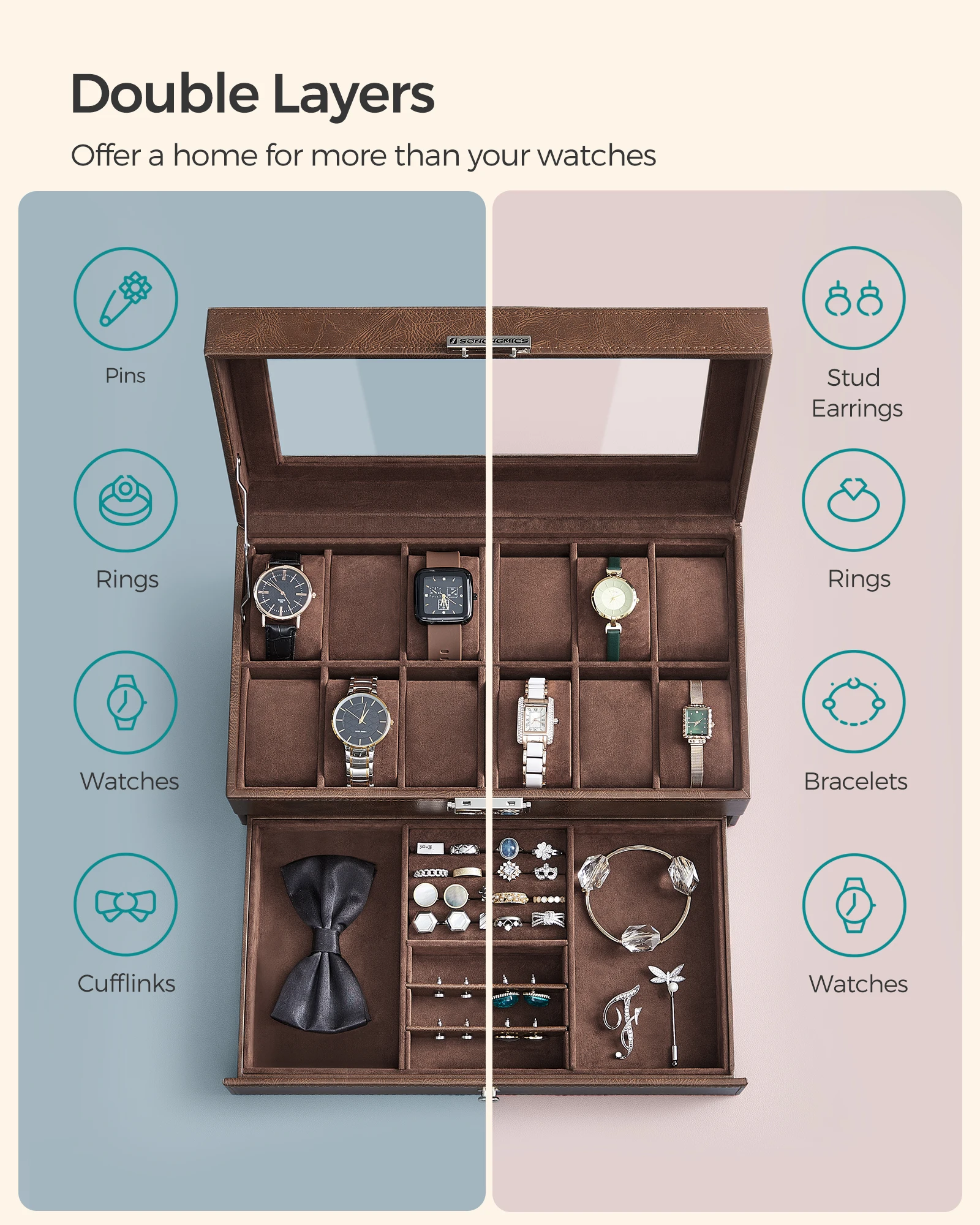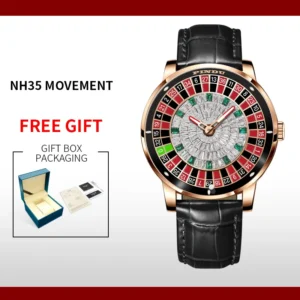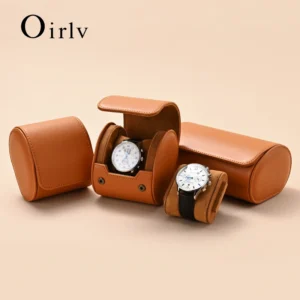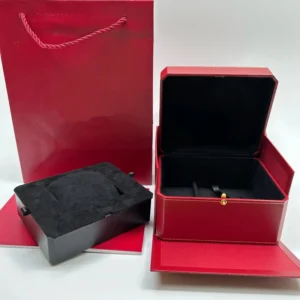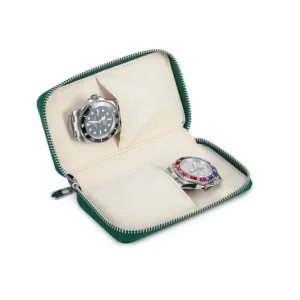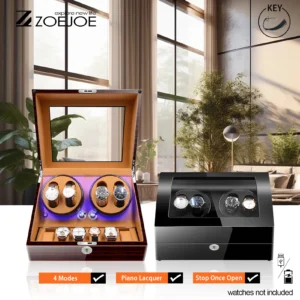Introduction: Why Your Watch Storage Choice Matters
Proper watch storage isn’t just about having a place to put your timepieces—it’s about preserving their value, protecting their delicate mechanisms, and preventing cosmetic damage like scratches and scuffs. Whether you’ve invested in a single quality watch or built an extensive collection, how you store your timepieces directly affects their longevity and performance.
Watches left unprotected can suffer from dust accumulation, moisture exposure, and accidental damage that diminishes both their appearance and functionality. The right storage solution serves as both protection and preservation for these precision instruments.
Among the various options available, two main contenders emerge: watch boxes and watch rolls. These distinct solutions serve different needs and come with their own sets of advantages and limitations. Watch boxes typically offer more structured protection and display options with prices ranging from $50 to several hundred dollars, while watch rolls provide portability and space efficiency often at a more accessible price point.
Your choice between these options should reflect your personal circumstances, including your collection size, lifestyle, display preferences, and how you interact with your watches daily. Proper watch collection storage planning can make a significant difference in maintaining your timepieces’ condition and value over time.
This guide will provide a comprehensive analysis to help you make an informed decision about which storage solution best suits your specific needs.
What Are Watch Boxes? Features and Characteristics
Watch boxes are structured storage containers primarily designed for home use, offering organization, protection, and often display capabilities for your timepiece collection. These cases come in various designs and configurations to accommodate different collection sizes and storage preferences.
Typically crafted from premium materials, watch boxes commonly feature:
- Wooden construction (cherry, walnut, oak, or mahogany)
- Leather exterior wrapping for added elegance
- Carbon fiber finishes for a modern aesthetic
- Padded compartments with individual cushions
- Soft interior lining (usually velvet, suede, or microfiber)
Watch boxes are available with different lid types, each serving specific purposes:
– Glass-top designs for visibility and display while maintaining protection
– Solid-top versions for maximum dust protection and security
– Combination designs with both storage and display areas
Many higher-end models also include integrated watch winders—motorized compartments that keep automatic watches running by mimicking wrist movement. The typical capacity ranges from 2 to 24 watches, with most home collections comfortably fitting in a 6-12 watch box measuring roughly 10-20 inches (25-50 cm) in width.
Browse our diverse selection of watch boxes to find options that match your specific storage requirements and aesthetic preferences.
Advantages of Watch Boxes: Protection and Display
Superior Environmental Protection
Watch boxes excel at protecting timepieces from environmental factors that can damage watches over time. Their solid construction creates a barrier against dust, while many quality boxes include features to regulate humidity—a critical factor for preserving mechanical watch components. Additionally, closed boxes shield watches from harmful UV light that can fade dials and deteriorate straps.
Enhanced Security
For collectors with valuable timepieces, watch boxes offer significant security advantages. Many premium models include locking mechanisms, from simple clasps to key locks or combination systems. The sturdy construction makes watches less accessible to casual handling and provides peace of mind, especially for high-value collections.
Display and Appreciation
One of the most appealing aspects of watch boxes, particularly glass-top models, is their display capability. This allows collectors to appreciate their timepieces without handling them, reducing wear from frequent touching. The presentation aspect transforms watches from mere accessories to displayed collectibles, enhancing the enjoyment of ownership.
Organization and Collection Management
For those with multiple timepieces, luxury watch boxes provide excellent organization through individual compartments that prevent watches from contacting each other. This compartmentalization makes selection easier and reduces the risk of scratches or damage from watches shifting against one another.
Integration with Watch Winders
Many premium watch boxes incorporate built-in winding mechanisms for automatic watches. This integration ensures mechanical watches remain ready to wear and properly functioning without manual winding, extending their service intervals and overall lifespan.
Aesthetic Value
Beyond functional benefits, watch boxes often serve as attractive furniture pieces themselves. Crafted from fine woods, premium leathers, or modern materials, they complement home décor while safely housing valuable timepieces.
Limitations of Watch Boxes: Size and Portability Concerns
Despite their many advantages, watch boxes come with several limitations that might make them less suitable for certain collectors:
Bulk and Weight: Watch boxes, especially those made from solid wood, can be substantially heavy (typically 3-5 pounds/1.5-2.5 kg empty) and occupy considerable space. This makes them impractical for frequent transportation.
Space Requirements: A standard 10-watch box requires dedicated space in your home, making it challenging for those with limited storage or display area.
Cost Considerations: Quality watch boxes represent a significant investment, with basic models starting around $50 and premium options with features like winders easily exceeding $500.
Travel Limitations: The size and weight of watch boxes make them impractical for travel purposes, leaving watches vulnerable during trips without alternative storage.
Immobility: Once placed, watch boxes tend to become permanent fixtures rather than portable storage solutions, limiting flexibility in how and where you access your collection.
Display Trade-offs: Glass-top models that offer visibility sacrifice some protection against UV light, creating a trade-off between display and preservation.
Implementing effective strategies for organizing watch collection can help mitigate some of these space and organization challenges while maintaining proper watch care.
What Are Watch Rolls? Design and Functionality
Watch rolls are portable, cylindrical storage solutions designed to securely hold timepieces during travel or for compact storage. Unlike their bulkier counterparts, watch rolls focus on protection combined with mobility.
These portable watch protectors typically feature:
- Cylindrical or wrap-around design that rolls or folds closed
- Individual pockets or compartments to separate watches
- Cushioned slots that hold watches securely in place
- Protective flaps or padding between each compartment
- Varied closure mechanisms including snaps, ties, zippers, or buckles
Watch rolls are commonly crafted from:
– Premium leather (often full-grain or top-grain)
– Suede for soft interior protection
– Canvas for more casual, lightweight options
– Microfiber or synthetic materials for budget-friendly alternatives
Standard watch rolls accommodate between 1 and 4 timepieces, with most designs holding 2-3 watches. When unrolled, they typically measure 8-12 inches (20-30 cm) in length, but roll up to a compact cylinder roughly 3-4 inches (7-10 cm) in diameter.
The design prioritizes space efficiency and protection during movement, making them ideal companions for travelers. Explore our selection of watch roll travel cases to find the perfect portable storage solution for your timepieces.
Benefits of Watch Rolls: Travel and Convenience
Unmatched Portability
The defining advantage of watch rolls is their exceptional portability. Their lightweight, compact design makes them ideal travel companions that slip easily into luggage, briefcases, or even jacket pockets. For frequent travelers, this mobility ensures watches remain protected on the go without sacrificing valuable space.
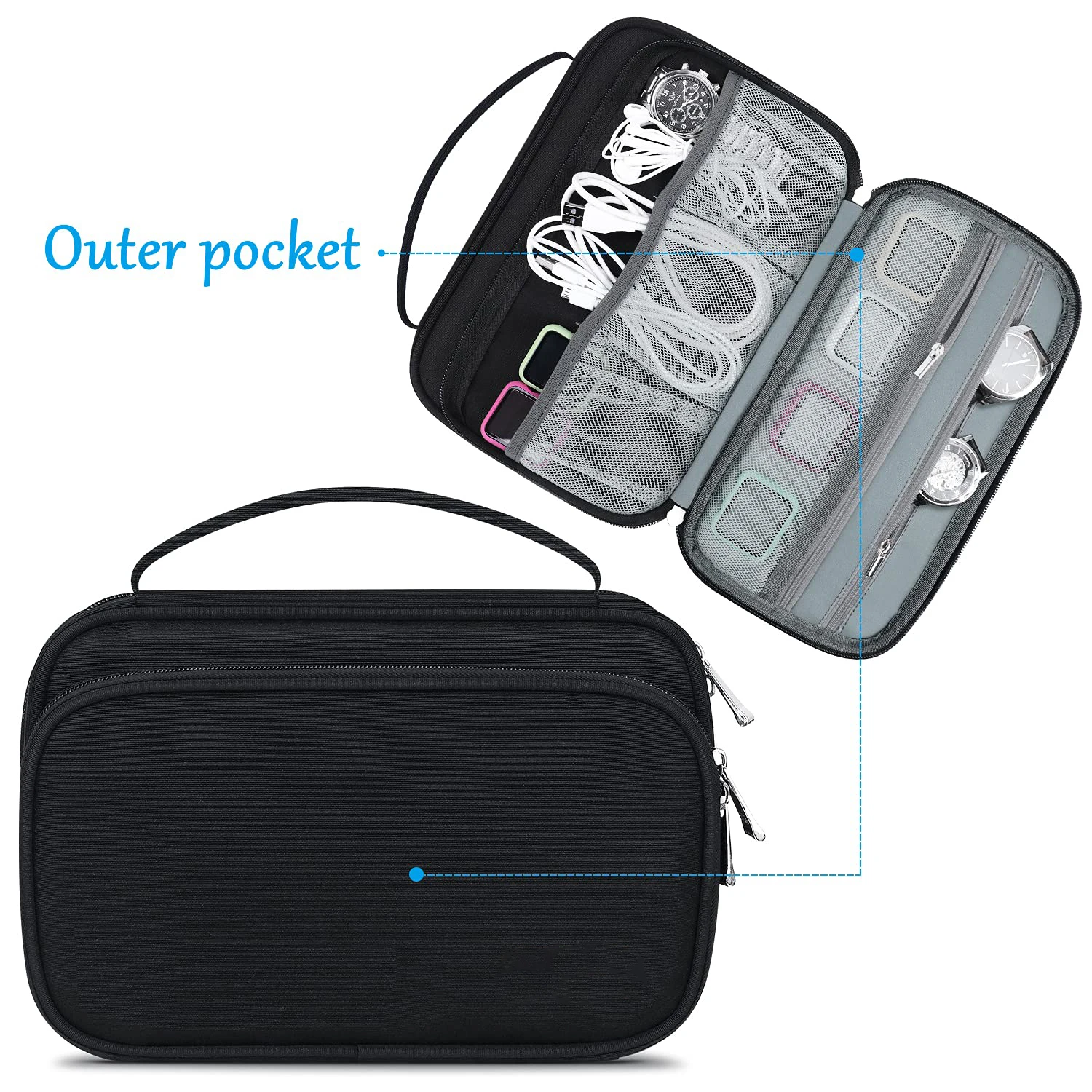
Space Efficiency
Watch rolls excel in environments where space comes at a premium. Their roll-up design allows them to occupy minimal space in drawers, safes, or luggage, making them suitable for urban dwellers with limited storage or travelers concerned about packing efficiency.
Effective Transit Protection
Despite their compact size, quality watch rolls offer excellent protection during transit. The cushioned compartments cradle watches securely, while the rolled structure creates multiple protective layers that buffer against impacts and movement. This design effectively shields timepieces from the typical hazards encountered during travel.
Discrete Storage
Unlike display-oriented boxes, watch rolls offer a low-profile solution for those who prefer discreet storage. This understated approach can be advantageous for security reasons when traveling or for collectors who prefer not to draw attention to valuable timepieces.
Cost Effectiveness
Watch rolls generally represent a more affordable entry point into quality watch storage. With prices typically starting at $20-$30 for basic options and ranging to $200+ for premium leather versions, they offer excellent value while still providing essential protection.
Versatility
The compact nature of watch rolls makes them versatile enough for various environments—from gym bags to office drawers, hotel safes to luggage compartments. This adaptability is particularly valuable for those who wear different watches for different occasions and need to transport them securely.
Understanding the differences between watch pouches vs watch rolls can help you determine which portable storage option best suits your specific needs.
Drawbacks of Watch Rolls: Limitations and Considerations
Despite their convenience, watch rolls do have several limitations worth considering:
Limited Capacity: Most watch rolls accommodate a maximum of 3-4 watches, making them insufficient as a primary storage solution for larger collections.
No Display Function: Unlike glass-top watch boxes, rolls keep timepieces hidden from view, preventing appreciation of the collection without unpacking.
Minimal Security Features: Watch rolls typically lack locks or secure closures, providing less security for high-value timepieces compared to lockable boxes.
Home Storage Drawbacks: As a long-term home storage solution, watch rolls don’t offer the same level of organization, accessibility, or display benefits as watch boxes.
No Winding Capability: Watch rolls cannot incorporate winding mechanisms, requiring separate solutions for automatic watches that need regular movement.
Crush Risk: Without rigid external protection, watches in rolls may be vulnerable to crushing if improperly packed in luggage or under heavier items.
Material Wear: Frequent rolling and unrolling can cause material fatigue over time, particularly at fold points, potentially shortening the lifespan of the storage solution.
For enhanced protection during travel, especially for valuable timepieces, consider our selection of leather watch travel cases that provide additional structural support.
Watch Box vs Watch Roll: Side-by-Side Comparison
To help you visualize the key differences between these two storage options, here’s a comprehensive comparison of their most important attributes:
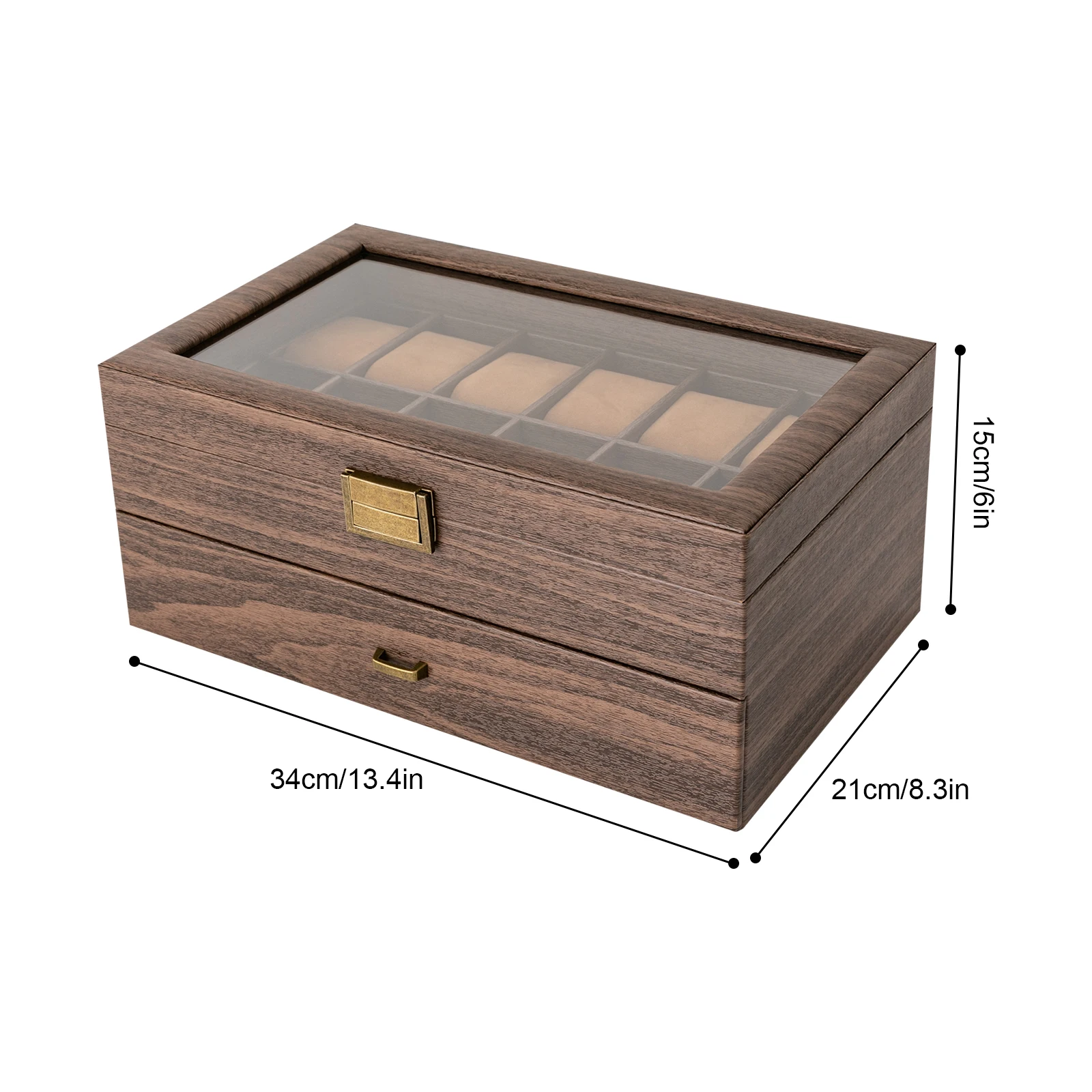
| Feature | Watch Box | Watch Roll |
|---|---|---|
| Portability | Low (bulky, heavy) | High (compact, lightweight) |
| Typical Capacity | 6-24 watches | 1-4 watches |
| Protection Level | High (rigid structure) | Moderate (cushioned but flexible) |
| Display Capability | Yes (especially glass-top models) | No (concealed storage) |
| Security Features | Often includes locks | Minimal (snaps/ties) |
| Ideal Use Case | Home collection display & storage | Travel & on-the-go protection |
| Physical Footprint | Large (10-20” width) | Small (3-4” diameter when rolled) |
| Price Range | $50-$500+ | $20-$200+ |
| Winding Capability | Available in premium models | Not available |
The most significant difference between these options lies in their intended use cases. Watch boxes excel as permanent home storage solutions with display capabilities and superior protection, while watch rolls prioritize mobility and convenience for travelers or those with space constraints.
For collectors with multiple timepieces, the storage capacity difference becomes particularly important. A typical watch box can house an entire collection, while watch rolls serve better as supplementary storage or for travelers who only need to bring a few pieces.
For a more detailed analysis of various storage solutions, our guide on comparing types of watch storage provides additional insights.
How to Choose the Right Watch Storage: Key Decision Factors
Making the right choice between a watch box and watch roll depends on several key factors that reflect your specific needs and circumstances:
Collection Size: Consider both your current collection and future growth. Collections of more than 4-6 watches typically benefit from a watch box’s greater capacity, while smaller collections might be adequately served by a roll.
Lifestyle Assessment: Frequent travelers should prioritize portability, making watch rolls an essential accessory even if they also maintain a watch box at home.
Security Requirements: Valuable collections deserve additional protection. If security is paramount, a lockable watch box provides better peace of mind than a watch roll’s minimal security features.
Display Preferences: Consider whether you enjoy seeing your collection displayed. If visual appreciation is important, a glass-top watch box offers significant advantages over the concealed storage of a roll.
Budget Considerations: Establish a realistic budget that reflects the value of your collection. Generally, investing 5-15% of your collection’s value in storage is reasonable to ensure adequate protection.
Watch Types: Automatic watches benefit from integrated winders found in premium watch boxes, while quartz watches have no such requirements.
Space Availability: Assess your available space honestly. Limited space might necessitate a compact solution like a watch roll, even for home storage.
Storage Duration: Long-term storage benefits from the stable environment of a watch box, while short-term or transitional storage can be adequately served by a roll.
For those who travel regularly, investigating compact travel watch storage options can provide additional solutions tailored to mobile lifestyles.
Luxury Watch Boxes, Men's Watch Boxes, Single Watch Box
Price range: $903.35 through $980.97 Select options This product has multiple variants. The options may be chosen on the product pageSingle Watch Travel Case, Watch and Jewelry Box, Watch Roll Travel Case
Price range: $93.44 through $140.65 Select options This product has multiple variants. The options may be chosen on the product pageAutomatic Watch Winder, Luxury Watch Winder, Single Watch Box
$307.39 Select options This product has multiple variants. The options may be chosen on the product pageLuxury Watch Boxes, Luxury Watch Travel Case
Price range: $200.33 through $224.57 Select options This product has multiple variants. The options may be chosen on the product pageLeather Watch Travel Case, Men's Watch Travel Case, Watch Roll Travel Case
Price range: $91.37 through $92.63 Select options This product has multiple variants. The options may be chosen on the product page4 Watch Winder, 6 Watch Box, Automatic Watch Winder
$512.31 Select options This product has multiple variants. The options may be chosen on the product page
Ideal Scenarios: When to Choose Which Storage Option
Choose a Watch Box When:
- You own 6 or more watches that need regular storage
- Displaying your collection is important to you
- Your watches include valuable pieces requiring secure storage
- Your collection includes automatic watches that benefit from winding
- You have dedicated space at home for watch storage
- You rarely need to transport multiple watches
- You want to showcase your collection as part of your home décor
- Protection from environmental factors is a primary concern
Choose a Watch Roll When:
- You frequently travel with your timepieces
- Your collection consists of 1-4 watches
- You prefer discreet storage over display
- You’re working with limited space constraints
- You’re seeking a cost-effective storage solution
- You need supplementary storage for a few selected watches
- You want quick access to watches on the go
- You bring different watches to different occasions
- You’re new to collecting and not ready for a larger investment
Many serious collectors ultimately implement a hybrid approach, using watch storage ideas for collectors that combine both options for maximum flexibility.
Materials and Quality: What to Look For
Watch Box Materials
When evaluating watch boxes, pay careful attention to the materials used, as they directly impact both protection and aesthetics:
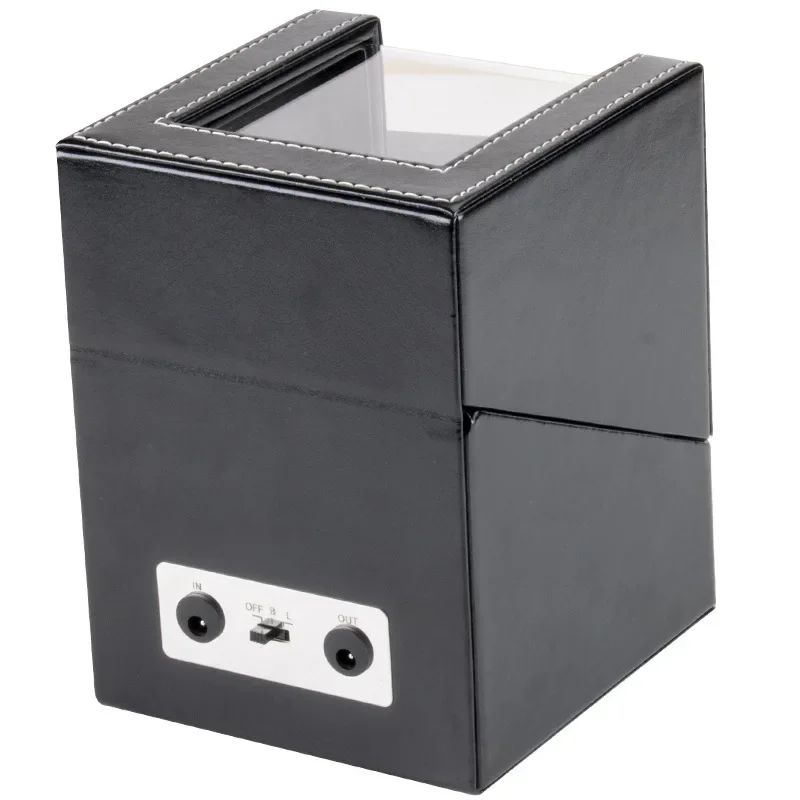
Wood Types:
– Cherry: Offers warm reddish tones that darken beautifully with age
– Walnut: Provides rich, dark coloration with excellent durability
– Ebony: Delivers premium black finish but at a higher price point
– Oak: Features distinctive grain patterns with excellent strength
Quality wooden boxes should have consistent grain, smooth finishes, and precisely fitted corners with no gaps.
Interior Linings:
– Velvet: Offers superior scratch protection and a luxurious feel
– Suede: Provides excellent cushioning with a softer texture
– Microfiber: Delivers good protection with easier maintenance
Display Elements:
– Glass quality should be clear without distortion
– Acrylic alternatives should be thick enough to resist flexing
– Hinges should operate smoothly without catching
Watch Roll Materials
For watch rolls, material quality significantly impacts both protection and longevity:
Leather Options:
– Full-grain leather: Highest quality with natural markings that develop character over time
– Top-grain leather: Balanced durability and refined appearance
– Genuine leather: More affordable but less durable long-term
Quality leather should have even coloration, tight stitching (7-9 stitches per inch), and no loose threads or uneven edges.
Alternative Materials:
– Canvas: Durable and casual with good impact resistance
– Microfiber: Lightweight with excellent scratch protection
– Synthetic materials: Often waterproof but less premium feel
Interior Components:
– Padding thickness should provide ample cushioning
– Dividers should completely separate watches to prevent contact
– Closure mechanisms should secure firmly without excessive force
For more detailed information about material considerations, our guide on wood vs leather watch storage provides additional insights.
Protecting Your Investment: Care and Maintenance Tips
Watch Box Maintenance
To ensure your watch box continues providing optimal protection for years to come:
- Dust regularly with a soft microfiber cloth
- Place silica gel packets inside to control humidity (replace every 3-6 months)
- Position away from direct sunlight to prevent wood fading and interior damage
- Apply appropriate wood conditioner annually (following grain direction)
- Clean glass with non-ammonia glass cleaner and lint-free cloth
- Oil hinges sparingly if they begin to squeak
- Avoid placing near heating vents or humid areas like bathrooms
Watch Roll Care
To maximize the lifespan of your watch roll:
- Clean leather surfaces with appropriate leather conditioner
- Store unrolled when not traveling to prevent permanent creases
- Avoid overstuffing with watches larger than compartment size
- Roll with even tension to prevent warping
- Keep away from excessive moisture, especially leather rolls
- Allow to air out occasionally if used frequently
- Check and tighten any loose stitching promptly
- Roll with the cushion side facing inward to protect against crushing
For collections in long-term storage, implementing proper long-term watch storage protection techniques can prevent potential damage from extended periods without use or maintenance.
Frequently Asked Questions About Watch Storage
Are watch rolls safe for luxury watches?
Yes, quality watch rolls are safe for luxury timepieces, providing adequate cushioning and separation. Look for designs with individual compartments and substantial padding to prevent movement during transit.
Can I use a watch box for travel?
While possible for short trips by car, watch boxes aren’t designed for travel. They’re bulky, heavy, and lack the compact protection of travel-focused solutions. For air travel or longer trips, a dedicated watch roll or travel case is strongly recommended.
How many watches should a watch box hold?
Ideally, your watch box should accommodate your current collection plus room for 2-3 additional pieces for future growth. Most collectors find that a box with 25-50% more capacity than their current collection size serves them well long-term.
What’s the best material for watch storage?
The ideal materials depend on your priorities. Wood provides excellent stability and protection for home storage, while leather offers superior flexibility for portable options. For more specific material comparisons, explore our guide on best materials for watch storage.
Should I keep watches in their original boxes?
Original boxes aren’t typically designed for long-term storage or regular access. While they’re fine for occasional storage, dedicated watch boxes or rolls provide better protection, organization, and accessibility for watches worn regularly.
How do I prevent watches from scratching each other?
Always use storage with individual compartments and cushions that keep watches completely separated. Never store multiple watches in a single compartment, and ensure bracelets and straps are properly secured before storage.
The Hybrid Approach: Combining Storage Solutions
Many experienced collectors discover that neither watch boxes nor watch rolls alone perfectly address all their storage needs. Instead, a hybrid approach often provides the ideal solution.
A common and practical strategy involves using a quality watch box as your primary home storage and display solution, complemented by a watch roll for travel or daily transport. This combination ensures your collection remains properly protected in all circumstances while maximizing convenience.
For example, a collector with 8-10 watches might invest in a 12-watch display box for home use (allowing room for growth) alongside a 2-3 watch roll for travel or rotating daily selections to the office. This approach provides both the security and display benefits of a box with the portability advantages of a roll.
Cost-effectively implementing this strategy often involves investing more heavily in whichever solution houses your watches most frequently. For homebodies, this means prioritizing a quality watch box with appropriate features, while frequent travelers might invest more in a premium leather watch roll with superior protection.
This balanced approach acknowledges that watch collectors’ needs evolve over time, providing flexibility as collections grow and usage patterns change.
Finding Your Perfect Watch Storage: Making the Decision
As we’ve explored throughout this guide, the choice between a watch box and watch roll ultimately comes down to your specific needs, habits, and preferences. Watch boxes excel in protection, display, and organization for home storage, while watch rolls offer unmatched portability and convenience for those on the move.
Rather than following general recommendations, assess your own watch interaction patterns. Do you primarily enjoy your collection at home, occasionally rotating between a few favorites? A quality watch box likely serves your needs best. Do you frequently travel with different timepieces or have limited space? A watch roll may be your ideal solution.
Remember that proper storage isn’t just about convenience—it’s about protecting your investment. Quality watches represent significant value, both financial and sentimental, deserving storage solutions that preserve their condition and functionality for years to come.
When making your final selection, prioritize protection over flashy features, quality materials over aesthetic embellishments, and practical functionality over marketing claims. The best storage solution is one that serves your specific needs while properly safeguarding your cherished timepieces for years to come.

